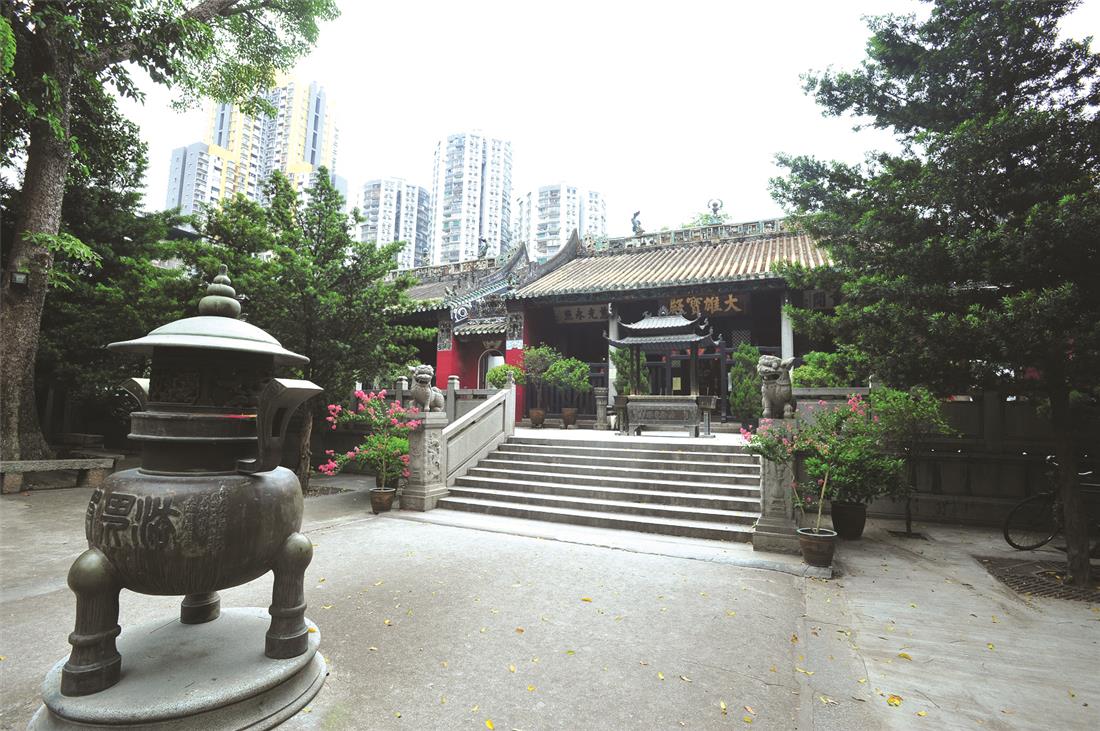Pou Chai Sim Un (Kun Iam Tong Temple) and “Treaty of Wanghia”
The Pou Chai Sim Un is Chinese Buddhist architecture, and is composed of 3 halls (Mahavira Hall as the main hall, Longevity Hall as the secondary hall, and Kun Iam Hall as the rear hall), plus a vast and tranquil backyard. The buildings and sculptures in the Temple have much historical and artistic value, and are rare Buddhist architecture in Macao and Hong Kong. Inside the Temple, there are lots of precious scriptures, and calligraphy and paintings left by famous artists. All of these are Macao’s important cultural relics. The name of the Temple is well-known, not only because of its long history, but most importantly because it is the place where the “Treaty of Wanghia” was signed.The Treaty of Wanghia, also known as “Regulations on Trade between China and the United States through Five Portals” and “Sino-American Treaty of Wangxia”, was the first unequal treaty signed by China and the United States. It was composed of 34 articles, with “Regulations on Customs Tariff”. With this treaty, not only did the United States have all the privileges possessed by the Britain regarding territorial annexation and reparation in the “Treaty of Nanjing”, but also obtained the power of consular jurisdiction: “Citizens of China who may be guilty of any criminal act towards citizens of the United States, shall be arrested and punished by the Chinese authorities according to the laws of China; citizens of the United States, who may commit any crime in China, shall be subject to be tried and punished only by the Consul, or other public functionary of the United States, according to the laws of the United States.” In addition, a series of other articles which had not been included in the “Treaty of Nanjing”was also included in this treaty. For instance, it was stipulated that the American people could build churches, hospitals and cemeteries in the five portal regions, and could request Chinese people to teach dialects, and help with writing characters and purchasing different types of books. The American warships could go to different ports of China to “inspect trade activities”, while China has no governance over the American business ships stopping in China. The United States enjoyed the “most favoured nation” status in China. That is to say, the “Treaty of Wanghia” opened Chinese portals more extensively. A series of unequal treaties also accelerated the Portuguese’s expansion in Macao, which covered regions such as the northern part of Macao Peninsula, Taipa Island and Coloane Island, subsequently.











